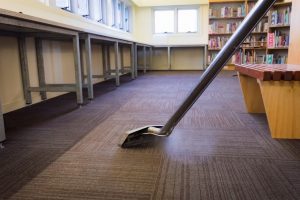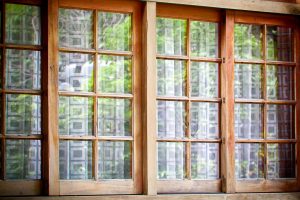As we go further into the 21st century, the more apparent the climate crisis becomes. In a span of one month, 4 storms have entered the Philippines. These caused torrential rainfall that left cities flooded and houses completely submerged in floods. This is just one example of the devastating effects of the deteriorating health of the environment.
While the responsibility does not primarily lie in the hands of an individual person, it still helps to practice eco-friendly and sustainable habits that lessen the damage to the environment.
Oftentimes, problems are solved by ways that cause pollution. This can be seen in how people deal with maintaining good indoor air quality. Usually, this aspect of the home requires huge systems that take up much of the energy bill. There are also sprays meant to disinfect the air but turn out to be counterproductive to the cause.

Don’t Use Disinfecting Sprays
Disinfecting sprays may be causing more harm than good for air quality. By spraying it in the air, people are introducing a chemical into the air circulation. It’s not always guaranteed that these chemicals are safe to breathe.
Sprays contain Volatile Organic Compounds (VOCs). VOCs are known to cause short-term and long-term health effects such as eye, nose, and throat irritation, headaches, cancer, etc.
Unfortunately, a study found that half of greenhouse gas emissions come from VOCs coming primarily from chemical products. Instead of making the air safer and cleaner to breathe, it’s harming people’s health as well as the environment.
Instead of spraying disinfectant in the air, a more efficient way to clean your surroundings is by placing alcohol on a clean cloth and wiping it. This directly applies the disinfectant on the potentially infected area than having droplets go all over the place.
Check for Air Contaminants
Another reason disinfecting spray will not do much because the source is still present. Therefore, you might be spraying one part, but it’s sill sporadically introduced into the air from the HVAC or source itself.
Conducting a regular home inspection will help detect molds, asbestos, radon, and lead paint that continually invade the air that you breathe. Exposure to these contaminants can lead to health problems and may manifest through symptoms:
- Mold: stuffy nose, wheezing, and red or itchy eyes, or skin but may be worse for people with allergies and asthma
- Asbestos: Other than lung cancer, it can cause mesothelioma, a cancer affecting the lining of organs, and asbestosis.
- Radon: This is the second leading cause of lung cancer because when inhaled, particles of radon stay in your lungs.
- Lead paint: The effects can manifest in cognitive functions, lead poisoning, increased blood pressure, severe kidney and brain damage, and many more.
Having the house checked can trace these sources so that they can be treated. For example, molds can be found in the ceiling or right at the HVAC vent. If you live in an old house, the paint can still be lead-based and poses a danger when it starts to chip off. The danger is when these contaminants are left to stay in the home because of a lack of consistent inspections.
Natural Ventilation
Replenishing the indoor air with fresh air from the outdoors prevents microorganisms from staying inside the room. The recommended exchange rate is 0.35 air changes per hour. It should not go lower than 15 cubic feet of air per minute (CFM) per person living inside the room or the home. With a ventilation system, it’s easy to control the exchange rate.
Using natural ventilation is a different story. Natural ventilation is basically opening the windows to let outdoor air in. The breeze brings outdoor air into the windows and pushes out the indoor air. The flow will be easier for spaces that have windows opposite each other.
Because there are no settings to this, the air can just go in and out freely. You can use an air purifier to take away tiny particles from your indoor air. This is still more sustainable than powering a huge ventilation system. The reason natural ventilation is sustainable is because you do not need a lot of energy to operate it. As a result, energy bills will be lower, as well as your carbon footprint.
The environment at home should be healthy because it is a person’s safe space. They should not catch any diseases just because they stay home a lot. As a homeowner, keeping the indoor air quality safe is a responsibility and should be part of the routine checkup of the home. When left unchecked, it can lead to bigger and more expensive problems, not just on a person’s health but also on the environment.






